The law requires drivers and their passengers to use a seatbelt or child restraint.
These requirements are legislated for under clauses 7.6 – 7.10 of the Road User Rule(external link).
An exception to this is where a health practitioner has issued their patient with a certificate confirming the use of a seatbelt or child restraint is impracticable or undesirable for medical reasons.
These certificates are allowed for under clause 7.11 of the Road User Rule(external link).
Seat belts and child restraints are proven to save lives and reduce injuries. Therefore issuing a certificate should be the option of last resort.
Below are some common reasons why patients may request a certificate.
Before issuing a certificate, give consideration to the patient’s situation and all alternative solutions available.
Pregnancy on its own is not normally justification for issuing a certificate
Your patient may request a certificate because the seatbelt is uncomfortable to use.
In these instances, education on how to use a seat belt may be more appropriate.
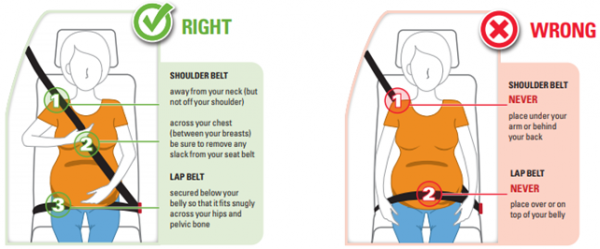
Seat belt use while pregnant (source: nhtsa.gov)
Obesity on its own is not normally justification for issuing a certificate.
Your patient may request a certificate because the seatbelt is too short.
A long-term solution (eg where the patient has purchased a vehicle) is to have the standard seatbelt replaced with a longer seatbelt.
A short-term solution (eg where the patient is temporarily using another vehicle) may be the use of a seat belt extender.
It’s recommended seat belt extenders be purchased only from reputable NZ based suppliers.
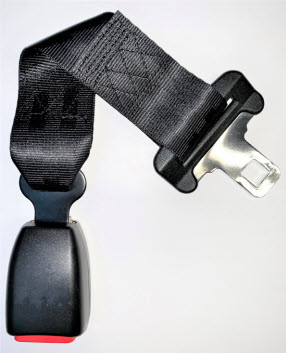
Seatbelt extender
Safety alert on seatbelt extenders [PDF, 444 KB]
Discomfort on its own is not normally justification for issuing a certificate.
Your patient may request a certificate because the seatbelt height causes discomfort, eg rubs against their neck.
The solution may be a simple as adjusting the height of the seatbelt anchorage on the vehicle’s B-pillar.
Not all vehicles have a height adjustment on the B-pillar, particularly many older vehicles.
In this scenario it may be appropriate to recommend a drop-link.
The drop-link is designed to drop the seatbelt down to shoulder height, so it's not rubbing against the patient’s neck.
Other patient’s may request a certificate because the pressure of the seatbelt on their chest or shoulder causes discomfort.
The solution may be a simple as having padding between the seatbelt and the patient’s body.
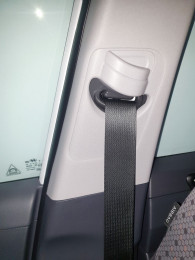
B-pillar height adjuster
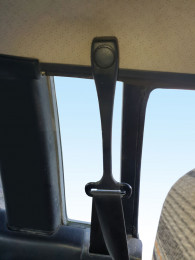
Drop-link
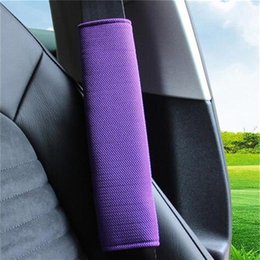
Padding
Health practitioners can also issue certificates allowing babies and children to travel without the need to use a child restraint or booster seat.
Given the fragile nature of a child’s body and the life-long injuries that can result from a vehicle crash; very careful consideration should be given before any certificate is issued.
Note: the legal definition of ‘child restraints’ includes child seats, booster seats, and seat belts designed specifically to fit children.

Child restraint
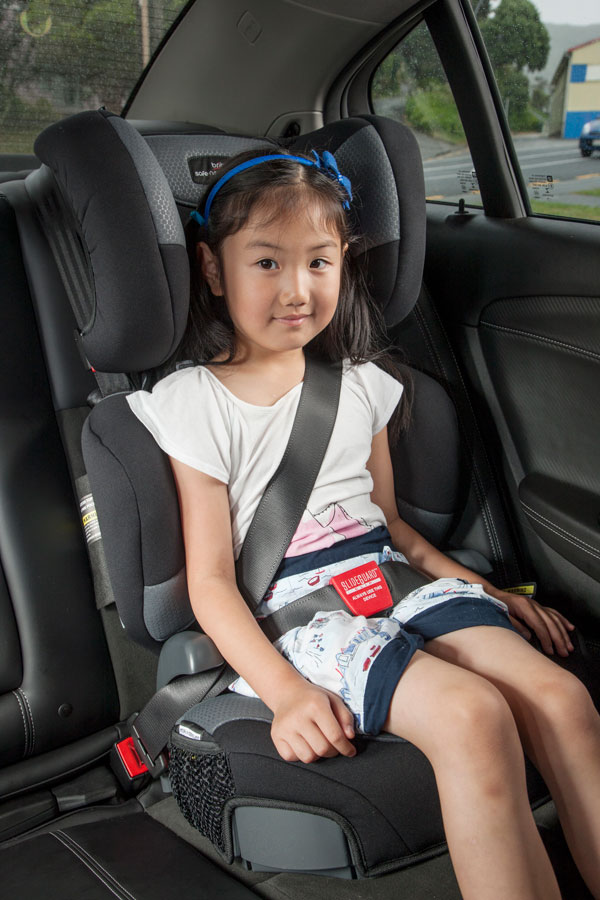
Booster seat
A good certificate is one that:
You can also download a template for issuing these certificates:
Seatbelt certificate template for health practitioner use [DOCX, 33 KB]